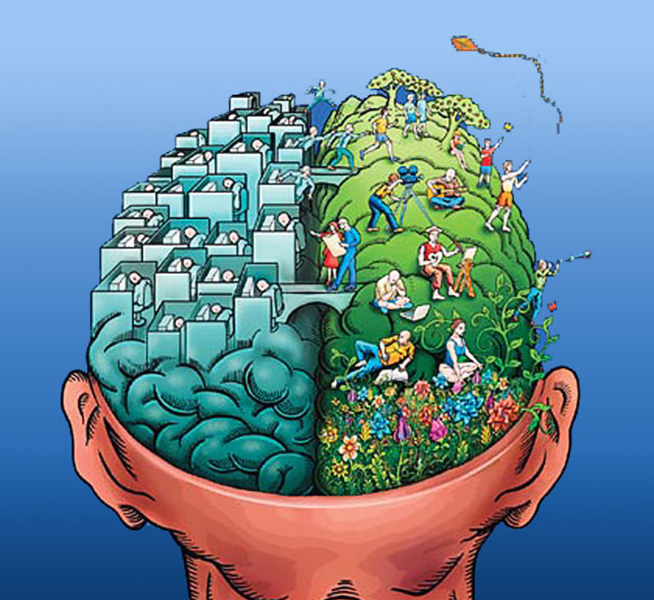Trauma replaces patterns of connection
with patterns of protection.
- Stephen Porges
(Copyright - artist Alexander Milow)
NLP
Three important components
Neuro-Linguistic Programming (NLP) is based on the three most important components that shape human experience: Neurology, Language and Programming.
